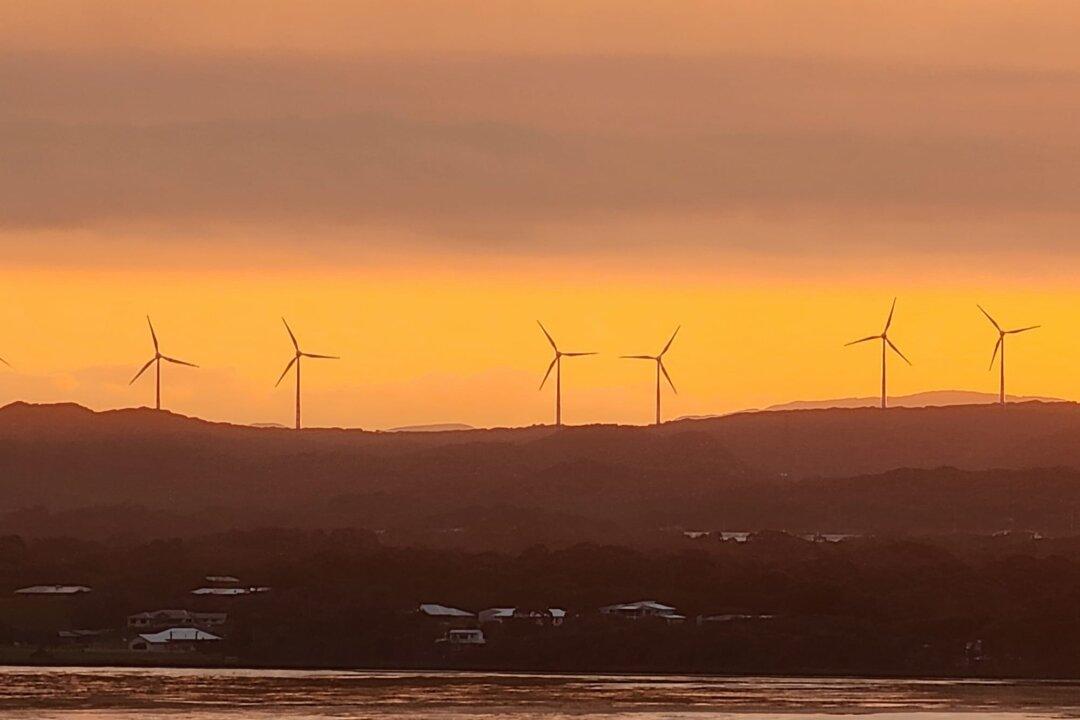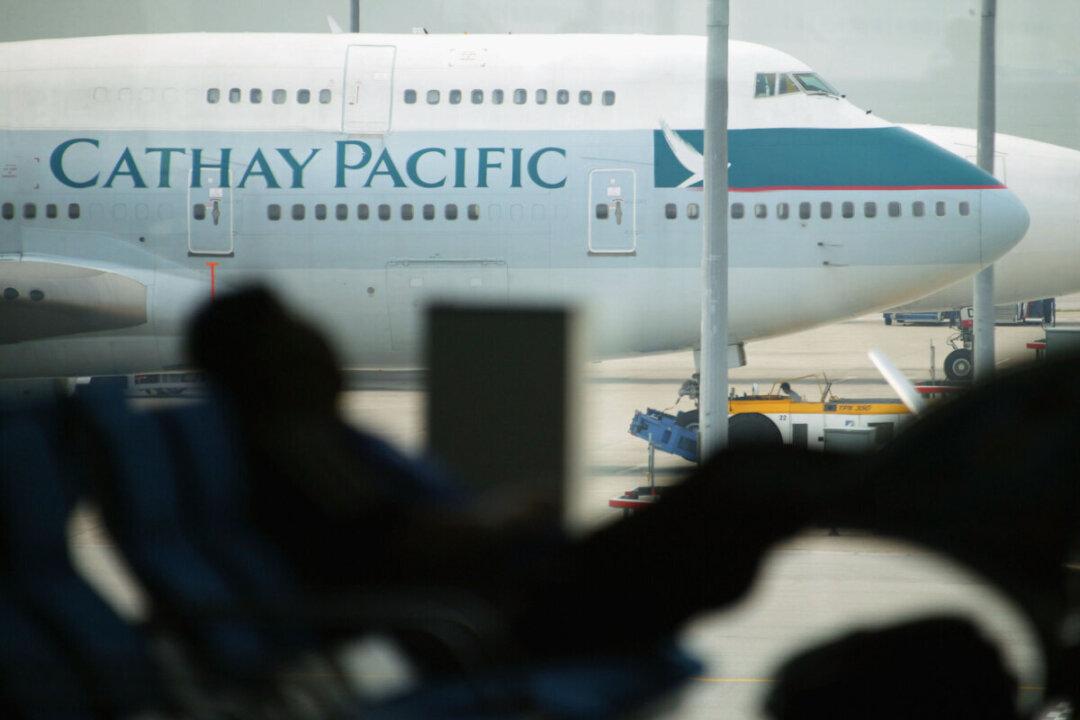Australia should step up in creating renewable energy projects and phasing out the use of fossil fuels such as coal and gas, an environmental group said, after the International Energy Agency (IEA) pointed out that escalating tensions in the Middle East and Russia’s ongoing invasion of Ukraine highlighted the importance of global energy security.
“The 2024 World Energy Outlook shows in the five years to 2023, Australia’s increase in renewable energy generation was the most rapid globally. With millions of Aussie households and businesses taking up rooftop solar, and thousands of household and community batteries installed, it’s easy to see why,” said Greg Bourne, Climate Council energy transition councillor and former BP Australasia president.




